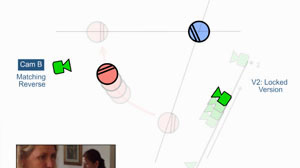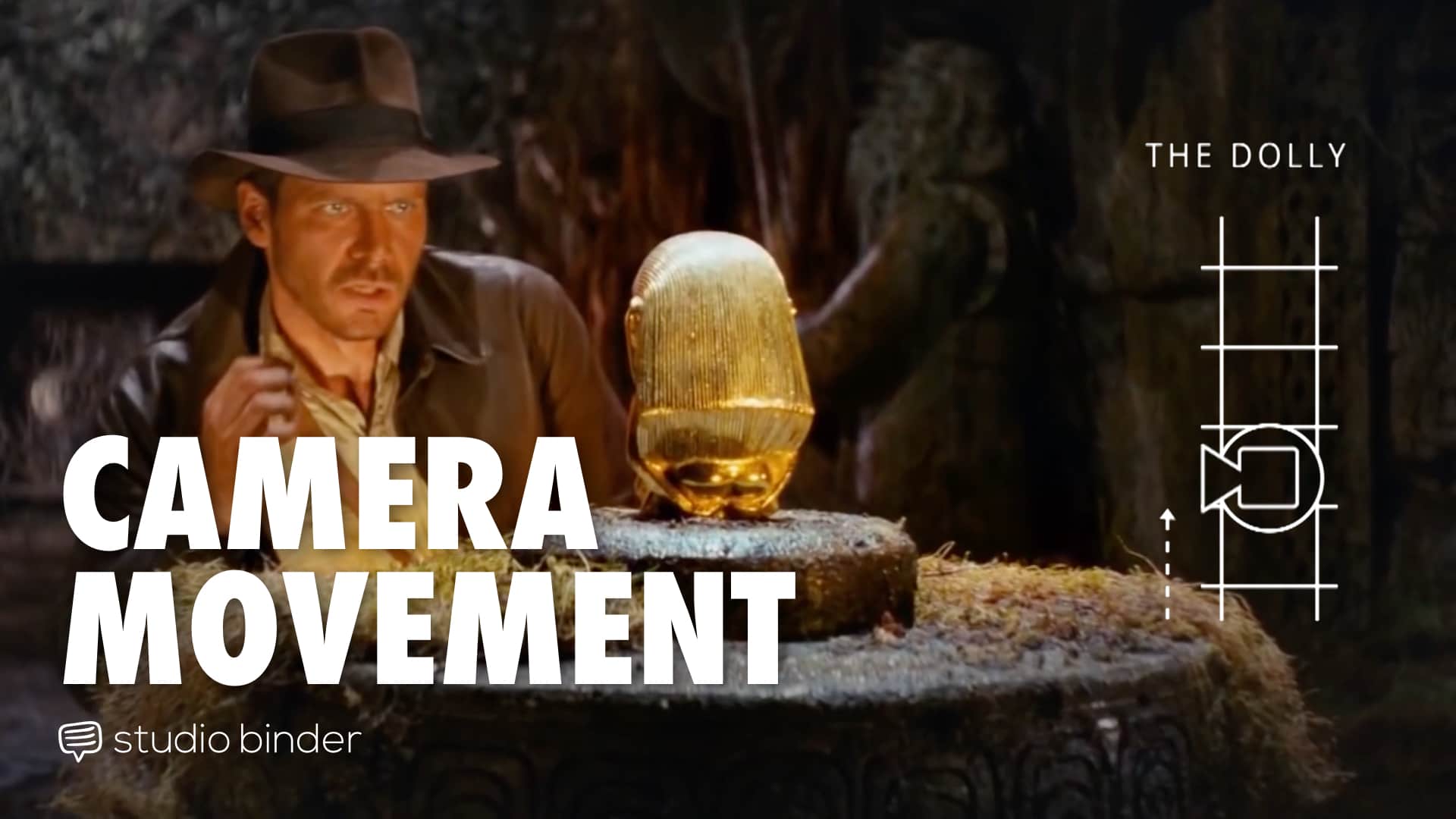

We hit it off, and I’m really grateful that relationship started when it did because we’ve had the good fortune to work together almost every year since. He has a command of the visuals, the editing, and the way that sound plays a role. I saw that he was committed to telling a story in every way possible. Then I watched (Flanagan’s 2011 film) Absentia and loved it.

I immediately fell in love with the writing, and that was my introduction to Mike’s work in general. įilmmaker: How did you start working with Mike Flanagan?įimognari: I actually met ( Midnight Mass producer) Trevor Macy on a project that I didn’t end up doing, and he brought me back in the room to meet Mike when they were putting up Oculus. With Midnight Mass now streaming on Netflix, Fimognari talked to Filmmaker about building a town from scratch, creating honest light on a bluescreen stage, and his experiment in stripping away the regimented hierarchy of the camera department in favor of a more egalitarian approach. Since first teaming on 2013’s Oculus, they have paired on Before I Wake, Ouija: Origin of Evil, Gerald’s Game, The Haunting of Hill House, and Doctor Sleep. With the personal nature of the project, it’s no surprise that Flanagan turned to Michael Fimognari behind the camera. The characters’ inner demons and struggles with addiction and faith mirror his own, with details taken from Flanagan’s youth as an altar boy on New York’s Governors Island. Flanagan has been excavating the bones of Midnight Mass for years and at various stages it morphed from novel to film to series.

It’s an original idea from writer/director Mike Flanagan, who made his name in the horror genre adapting Shirley Jackson, Henry James and multiple Stephen King opuses. In Midnight Mass, the arrival of a new priest upends the small, isolated fishing community of Crockett Island. Michael Fimognari, Midnight Mass, Mike Flanagan, Netflix, To All the Boys I've Loved Before


 0 kommentar(er)
0 kommentar(er)
